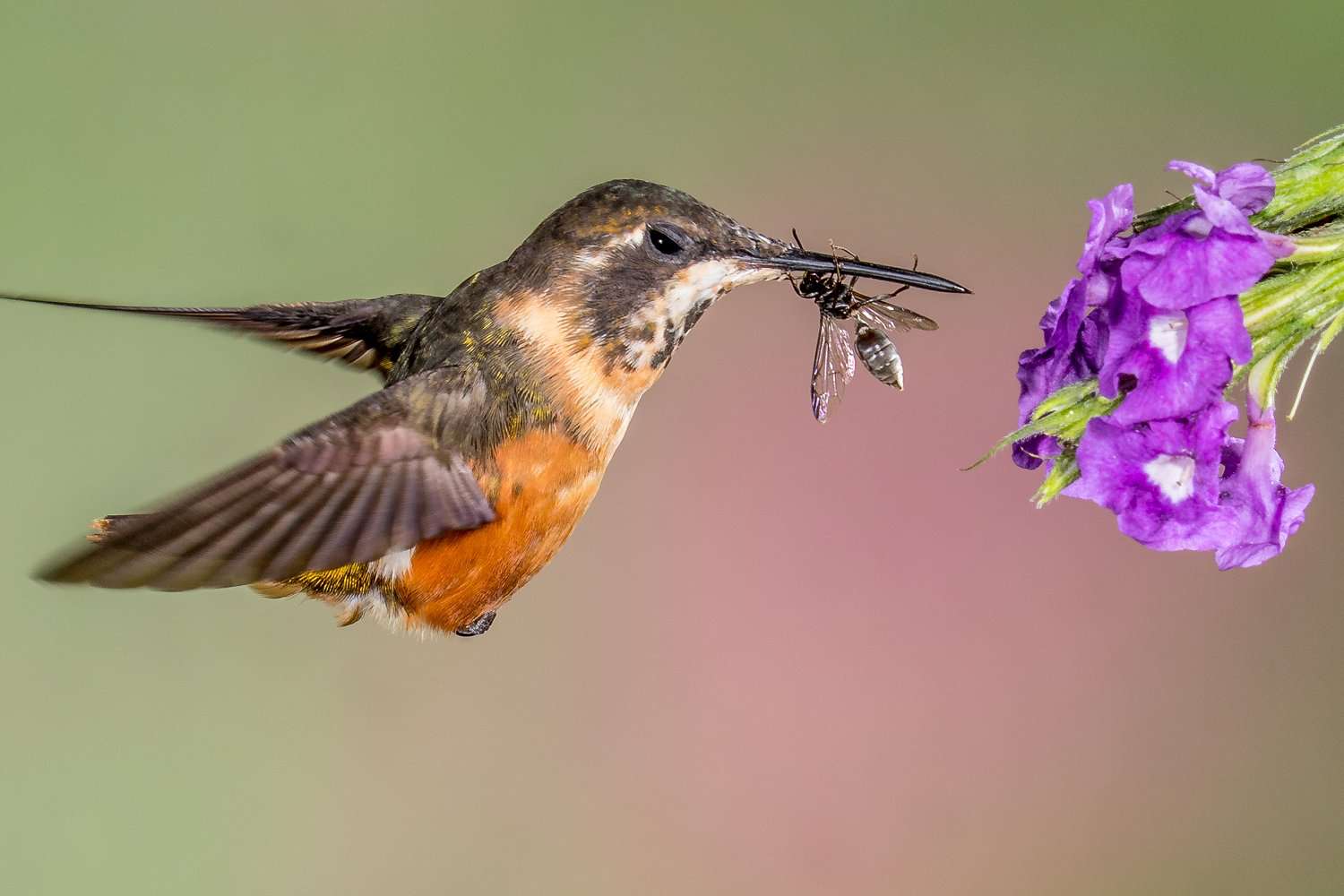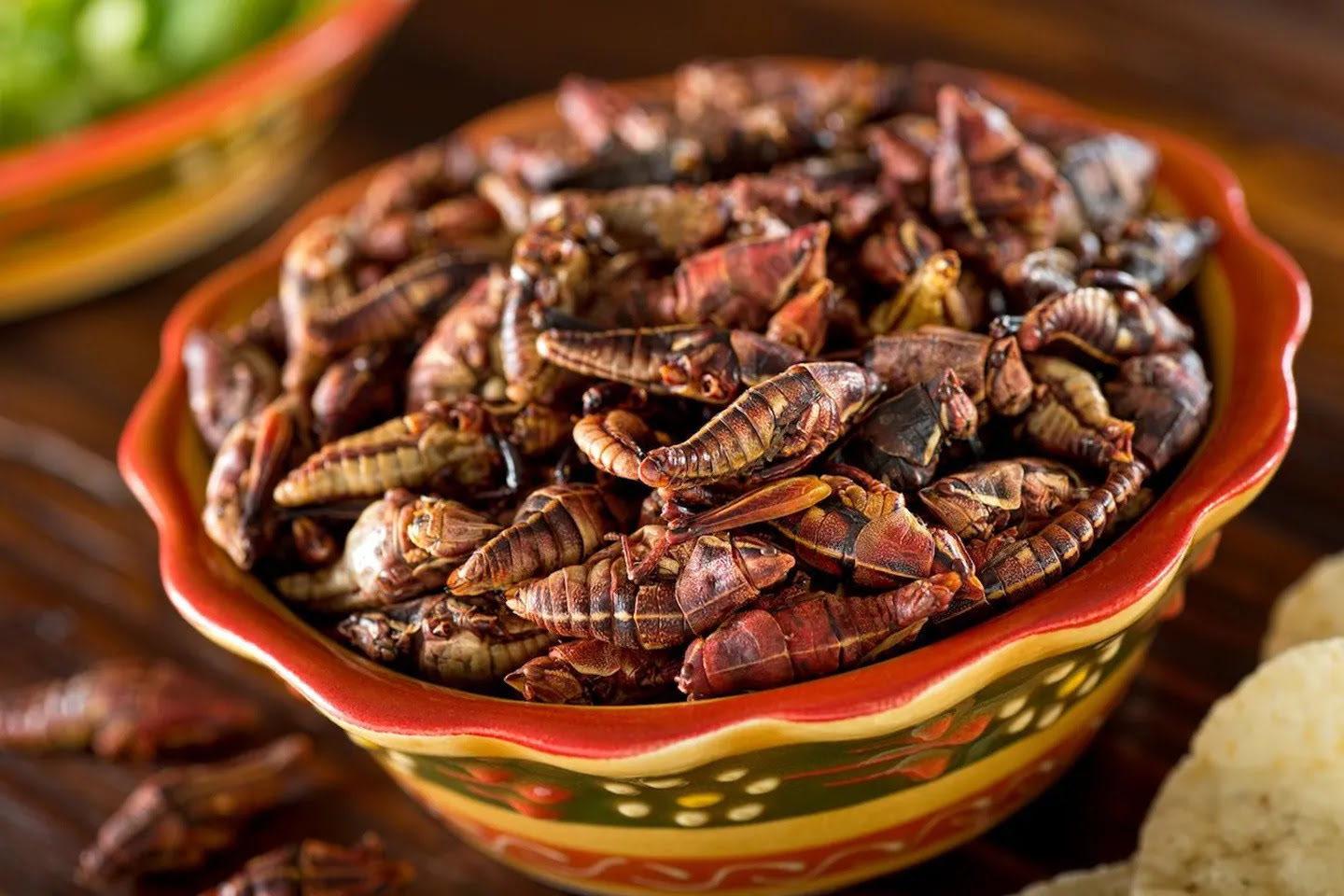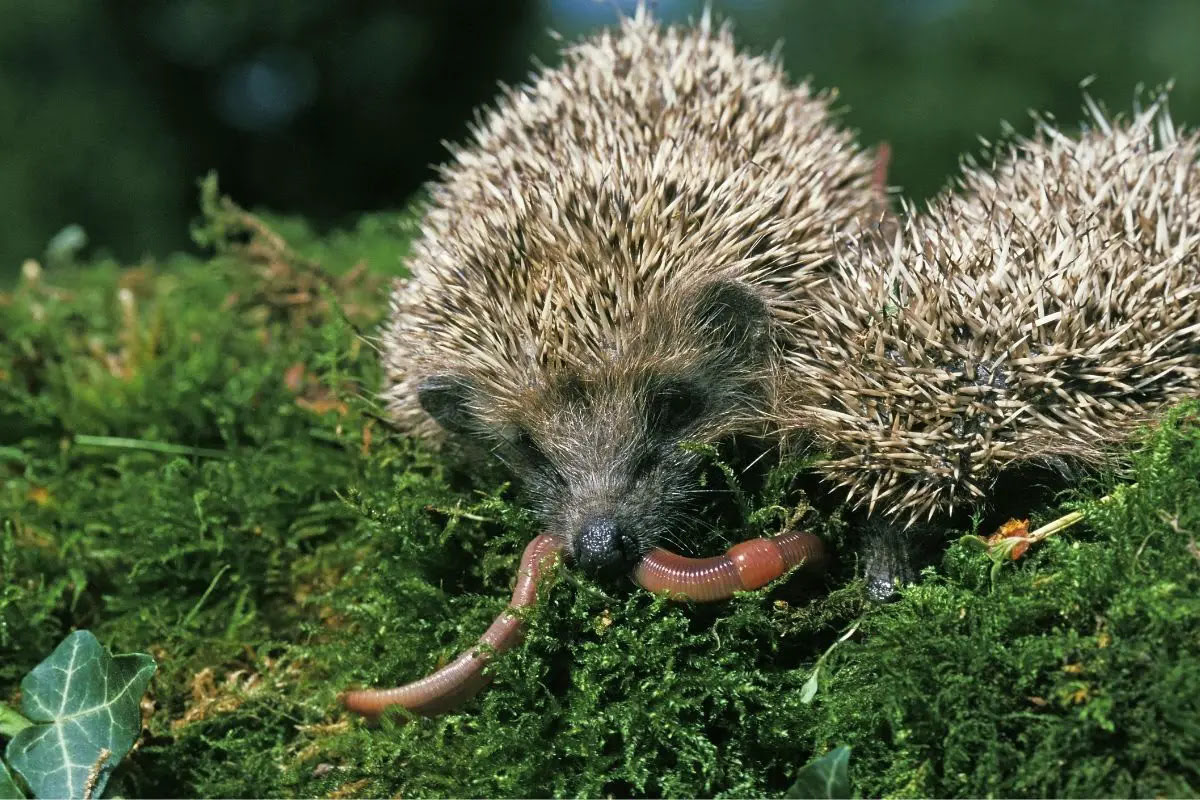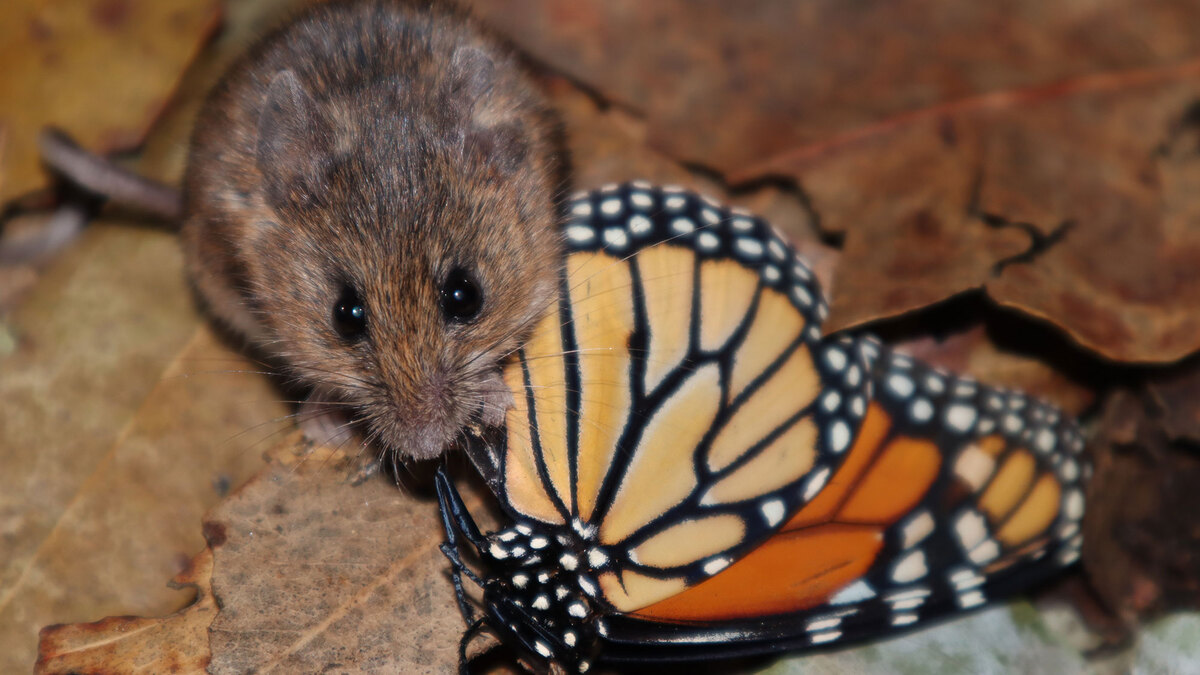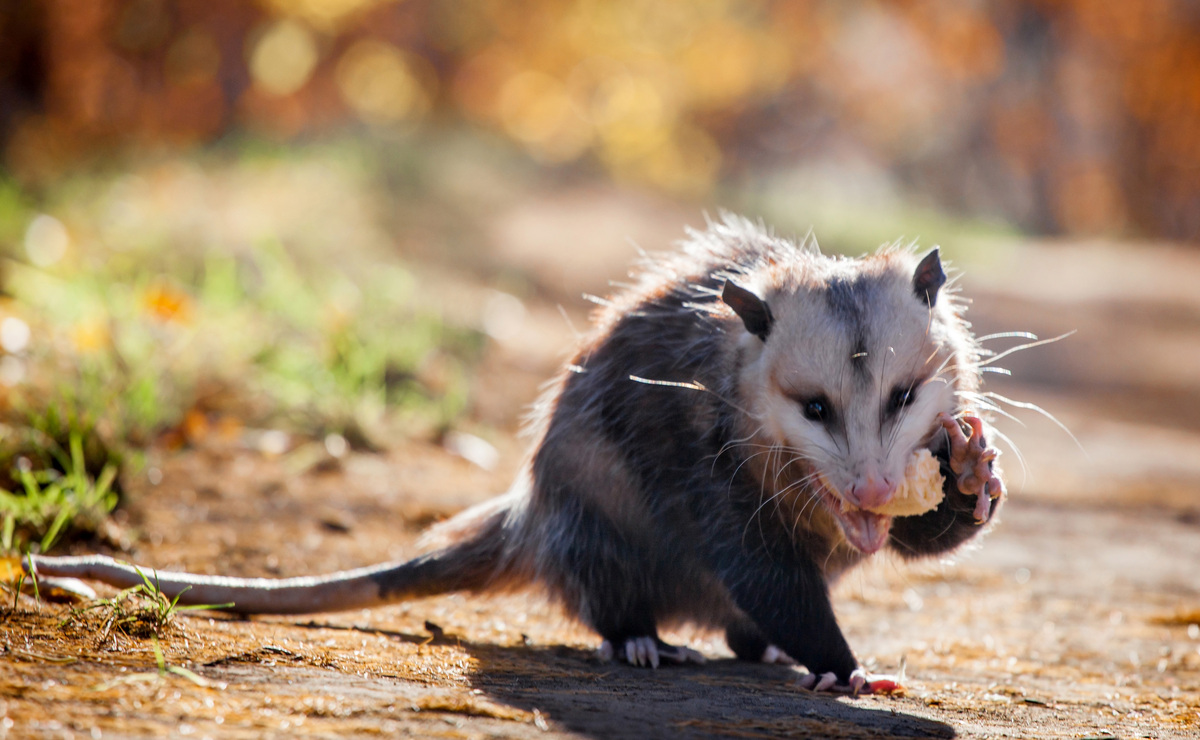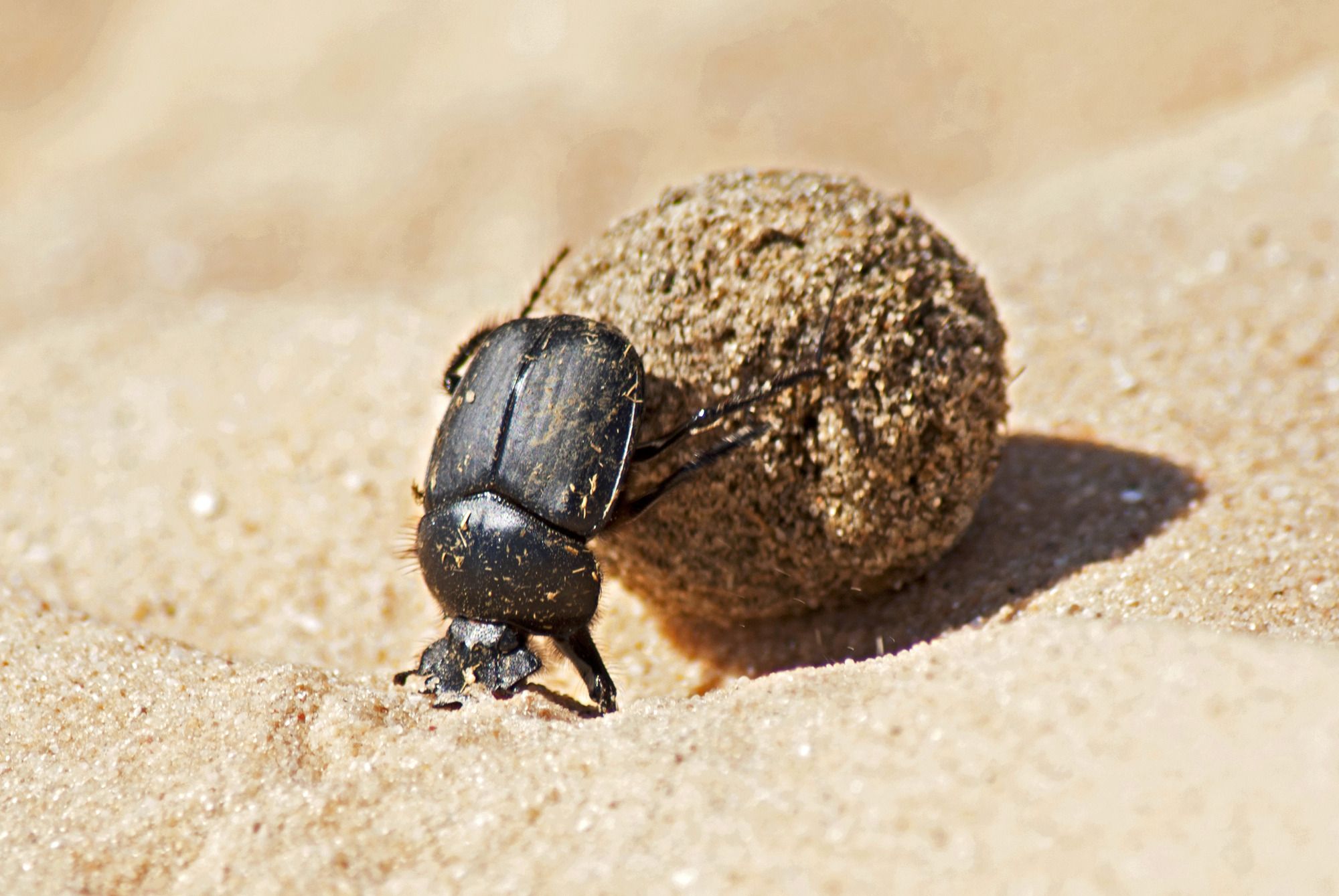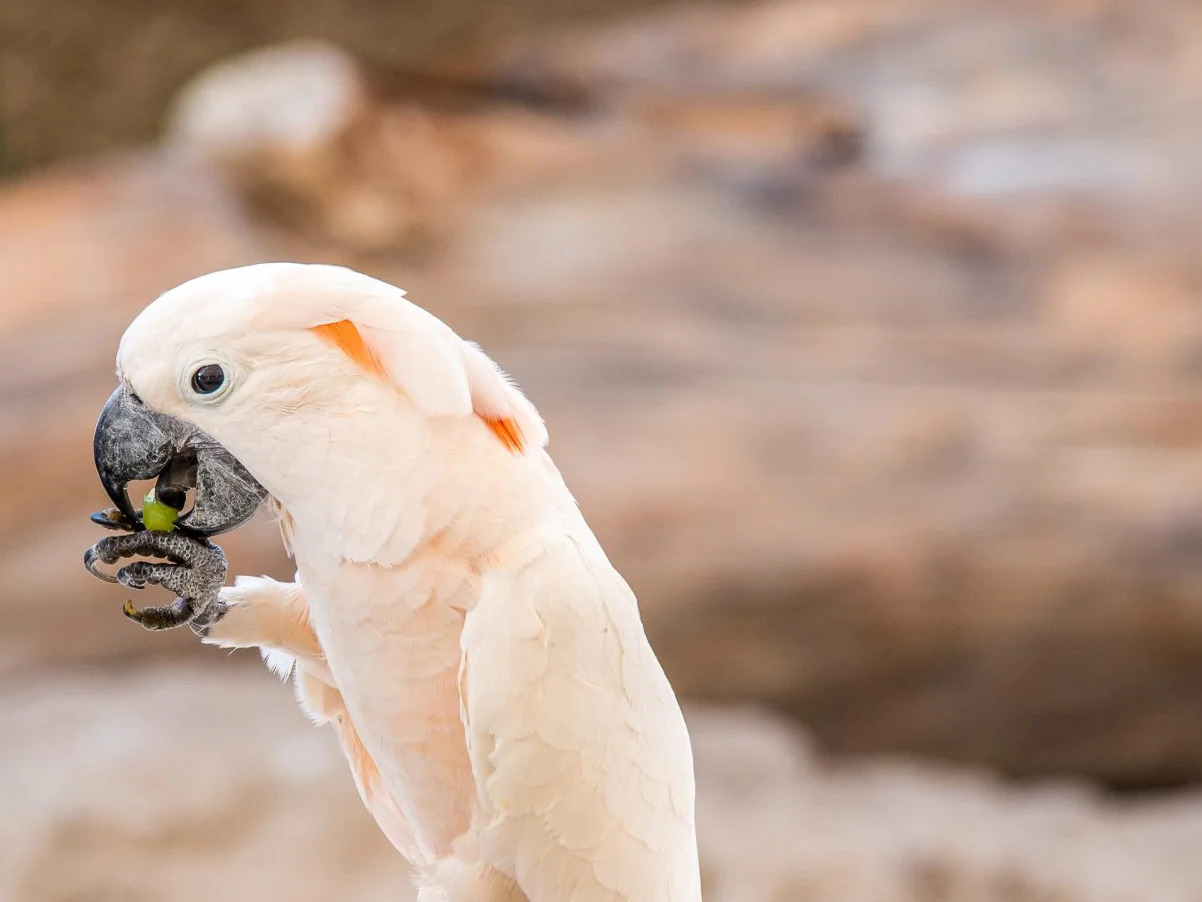Home>Gardening News and Trends>Latest News>What Do We Call An Organism That Eats Insects Snakes And Scorpions


Latest News
What Do We Call An Organism That Eats Insects Snakes And Scorpions
Modified: January 22, 2024
Read the latest news on organisms that consume insects, snakes, and scorpions, and understand what they are called. Keep yourself updated with the most recent information.
(Many of the links in this article redirect to a specific reviewed product. Your purchase of these products through affiliate links helps to generate commission for Chicagolandgardening.com, at no extra cost. Learn more)
Table of Contents
Introduction
Welcome to the fascinating world of insect-eating, snake-eating, and scorpion-eating organisms. These incredible creatures have evolved unique adaptations to feed on these often venomous and dangerous prey. From small insects to large snakes, these organisms play important roles in maintaining the balance of their respective ecosystems.
An organism is a living entity that can independently carry out essential life processes, such as growth, reproduction, and response to stimuli. They come in a wide variety of forms and exhibit diverse behaviors, allowing them to thrive in various habitats.
In this article, we will explore the different types of organisms that specialize in consuming insects, snakes, and scorpions. We will discuss their unique characteristics, strategies for hunting and capturing their prey, and the important role they play within their ecosystems.
From agile hunters to stealthy predators, these organisms have adapted over time to become highly efficient and successful at obtaining their preferred prey. Join us as we delve into the fascinating world of insect-eaters, snake-eaters, and scorpion-eaters, and discover the incredible adaptations that allow these organisms to thrive.
Definition of Organism
An organism refers to any individual living entity that exhibits the characteristics of life. It can be a plant, animal, fungus, bacterium, or any other living thing. Organisms are complex systems that are composed of cells, each performing specific functions that contribute to the overall functioning of the organism.
At the most basic level, organisms are comprised of one or more cells, the fundamental units of life. These cells work together in a coordinated manner to carry out vital functions such as metabolism, growth, reproduction, and response to stimuli.
One distinguishing characteristic of organisms is that they have the ability to reproduce and pass their genetic information to their offspring. This ensures the continuation of their species over generations. Organisms also have the capacity to adapt to changes in their environment through the process of evolution. Through natural selection, organisms that possess advantageous traits are more likely to survive and pass on their genes, while those with less favorable traits are at a disadvantage.
Organisms are found in virtually every habitat on Earth, from the deepest oceans to the highest mountains, and from the freezing arctic tundra to the scorching desert. They display a wide array of adaptations that allow them to thrive in these diverse environments.
Understanding the concept of an organism is crucial for studying ecology, evolutionary biology, and other life sciences. By examining the characteristics and behavior of organisms, we gain insight into the intricate web of life and how different species interact with one another and their environment.
In summary, an organism is a living entity composed of cells, capable of growth, reproduction, and responding to stimuli. They play a vital role in maintaining the balance of ecosystems and are the building blocks of life on Earth.
Classification of Organisms
Organisms are classified into different groups based on their similarities and evolutionary relationships. This classification system, known as taxonomy, helps scientists organize and understand the vast diversity of life on Earth. The classification of organisms is hierarchical, starting from the broadest category down to the most specific.
The highest level of classification is the domain, which categorizes organisms into three major groups: Archaea, Bacteria, and Eukarya. Archaea and Bacteria consist of single-celled microorganisms, while Eukarya includes all plants, animals, fungi, and protists.
Within each domain, organisms are further classified into kingdoms. For example, in the domain Eukarya, the kingdoms include Plantae (plants), Animalia (animals), Fungi (fungi), Protista (protists).
The classification continues with additional levels such as phylum, class, order, family, genus, and species. These categories become more specific, grouping organisms based on shared characteristics and evolutionary relationships. The species level represents the most specific classification, referring to a group of organisms that are capable of interbreeding and producing fertile offspring.
Classification is based on several factors, including anatomical features, genetic similarities, and evolutionary history. Recent advancements in molecular biology, such as DNA sequencing, have provided scientists with powerful tools to determine the relationships between organisms and refine their classification.
The classification system allows scientists to organize and study the vast array of organisms on Earth, as well as understand their evolutionary history and relationships. It provides a framework for identifying and naming species, enabling effective communication and collaboration among scientists worldwide.
In summary, the classification of organisms is an essential tool for understanding the diversity of life and organizing it in a systematic manner. It helps scientists study the relationships between different species and gain insights into their evolutionary history.
Insect-Eating Organisms
Insect-eating organisms, also known as insectivores, have specialized adaptations to feed on insects as their primary source of nutrition. These organisms can be found across various taxonomic groups, including mammals, birds, reptiles, amphibians, and even some plants.
One of the most well-known insectivores is the bat, which has the unique ability to navigate and capture insects in flight using echolocation. Bats emit high-frequency sound waves and listen for echoes, allowing them to detect the presence of insects and accurately locate their prey.
Another insect-eating organism is the anteater, a mammal found in Central and South America. Anteaters have long, sticky tongues and sharp claws to dig into ant and termite nests, consuming large quantities of insects in a single meal.
Some birds, such as the woodpecker, thrush, and flycatcher species, have evolved beaks and feeding strategies specifically adapted for capturing and consuming insects. These birds may use their beaks to probe into tree bark, snatch insects in mid-air, or catch them on the ground.
Insectivorous reptiles include certain species of lizards and frogs. These organisms have specialized tongue structures that allow them to quickly retract and capture insects with precision. They may also use their speed and agility to stalk and ambush unsuspecting insects.
Interestingly, some plant species have adapted to survive in nutrient-poor environments by evolving insectivorous characteristics. For example, the Venus flytrap and pitcher plants have leaf structures that can trap and digest insects. These plants obtain nutrients from the insects they capture, supplementing their growth in habitats where the soil lacks essential nutrients.
Insect-eating organisms play an important role in regulating insect populations and maintaining ecological balance. By consuming large numbers of insects, these organisms help control pest populations that could otherwise damage crops, spread diseases, or disrupt ecosystems.
In summary, insect-eating organisms have evolved a range of adaptations to capture and consume insects as their primary food source. Whether through specialized hunting techniques, unique feeding structures, or even carnivorous plant behavior, these organisms contribute to the delicate balance of ecosystems and serve as nature’s pest controllers.
Snake-Eating Organisms
Snake-eating organisms, also known as ophiophages, are a diverse group of predators that have evolved to specialize in consuming snakes as their primary food source. These organisms can be found across various taxonomic groups, including birds, mammals, reptiles, and even other snakes.
One of the most well-known snake-eating organisms is the mongoose, a small carnivorous mammal found in Africa and Asia. Mongooses have a slender body and lightning-fast reflexes, allowing them to overpower and kill snakes larger than themselves. They use their sharp teeth and agility to deliver fatal bites to the snake’s head or neck.
Certain bird species, such as the secretary bird, are known for their ability to hunt and consume snakes. These birds have long legs and strong beaks, which they use to stomp and strike at the snakes until they are immobilized. They then swallow the snake whole or tear it into smaller pieces to consume.
Some snake species are cannibalistic and will prey on other snakes. For example, the king cobra is a venomous snake that primarily feeds on other snakes, including cobras. With their potent venom and large size, king cobras are fearsome predators, capable of overpowering and consuming even highly venomous snakes.
Snakes themselves are also snake-eating organisms. Some species, like the kingsnake and the black mamba, are known to be opportunistic hunters that actively seek out and consume other snake species. These snakes have specialized jaws and teeth that allow them to catch and swallow their prey whole.
Snakes play an important role in ecosystems, and snake-eating organisms contribute to the regulation of snake populations. By preying on snakes, these organisms help control snake numbers and prevent their populations from becoming too abundant.
In summary, snake-eating organisms have evolved various adaptations to capture and consume snakes as their primary food source. Whether through a combination of agility, specialized teeth, or potent venom, these organisms demonstrate remarkable predation strategies in their quest for a snake meal.
Scorpion-Eating Organisms
Scorpion-eating organisms are fascinating creatures that have evolved specialized adaptations to hunt and consume scorpions. These organisms can be found across different taxonomic groups, including birds, mammals, reptiles, and invertebrates.
One example of a scorpion-eating organism is the solifugid, also known as a camel spider or sun spider. Despite their common names, solifugids are not spiders or true scorpions. These arachnids have powerful jaws and excellent speed, allowing them to catch and devour scorpions with ease.
Some bird species, such as the secretary bird and the roadrunner, have also been observed feeding on scorpions. These birds use their strong beaks to deliver powerful strikes to the scorpions, breaking their exoskeletons and rendering them immobile. They then consume the scorpions without being affected by their venomous stingers.
Several small mammal species, including shrews, mice, and bats, are known to prey on scorpions as well. These tiny predators use their sharp teeth and agility to capture and consume scorpions. Some mammals, like the hedgehog, are even immune to scorpion venom and can safely devour them.
Reptiles, too, have adapted to feeding on scorpions. Certain species of lizards, such as the uromastyx and the desert iguana, have been observed hunting scorpions as part of their diet. These lizards have developed resistance to scorpion venom and can consume them without suffering any harm.
It’s worth mentioning that certain invertebrates, like the vinegaroon, are highly specialized in consuming scorpions. These arachnids have strong pincers and a vinegar-scented spray used for defense. They actively seek out scorpions and have no qualms about overpowering and consuming them.
Scorpion-eating organisms serve an important role in maintaining balance within their ecosystems. By preying on scorpions, they help control the population of these arachnids, preventing their unchecked proliferation.
In summary, scorpion-eating organisms have evolved unique adaptations to capture and consume scorpions as their primary food source. Whether through powerful jaws, immunity to venom, or specialized hunting techniques, these organisms demonstrate their ability to subdue and devour scorpions, ensuring their survival in diverse habitats.
Conclusion
The world of insect-eating, snake-eating, and scorpion-eating organisms is a captivating realm filled with specialized adaptations and unique hunting strategies. From bats and anteaters to mongooses and solifugids, these organisms have evolved a variety of traits to acquire and consume their preferred prey.
Through echolocation, sticky tongues, sharp claws, beak modifications, venomous bites, and other remarkable adaptations, these organisms have become highly efficient predators, ensuring their survival and contributing to the ecological balance of their respective habitats.
Insect-eating organisms help control populations of insects, serving as natural pest controllers and preventing the spread of diseases. Snake-eating organisms play a vital role in regulating snake populations, reducing competition and maintaining ecological harmony. Scorpion-eating organisms contribute to the control of scorpion populations, ensuring their numbers stay in check.
The classification of organisms based on their feeding habits and preferred prey allows us to better understand their ecological interconnectedness and appreciate the diversity of life on Earth. It showcases the remarkable evolutionary adaptations that have enabled these organisms to thrive in different ecosystems.
Studying these specialized predators provides insights into the delicate balance within ecosystems and highlights the importance of biodiversity. By recognizing and appreciating the roles of insect-eating, snake-eating, and scorpion-eating organisms, we can further appreciate the intricate web of life and the interdependence of different species.
As we continue to explore and discover more about these incredible organisms, it is crucial to prioritize their conservation and ensure the preservation of their habitats. By valuing and protecting these unique creatures, we not only safeguard their survival but also support the overall health and stability of our planet’s ecosystems.
